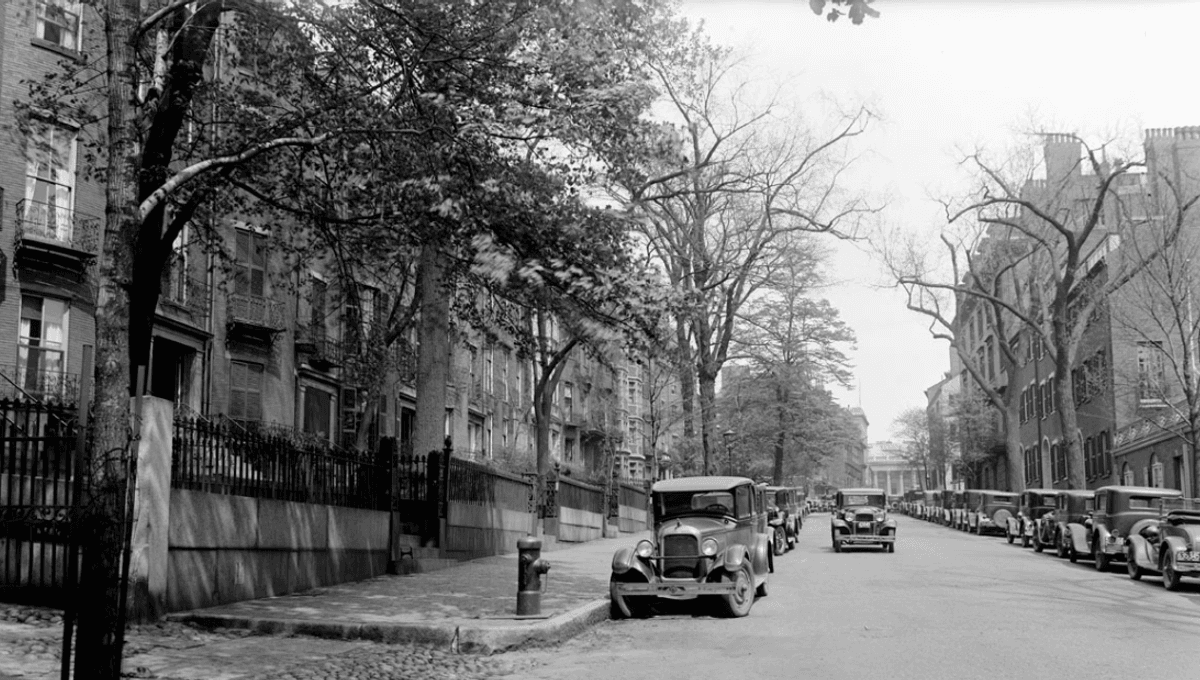
On April 14, 1935, the United States experienced one of the most catastrophic dust storms in its history, an event commonly referred to as Black Sunday. Sweeping across the Great Plains, the storm enveloped homes, fields, and entire towns in blinding clouds of dust, essentially turning daylight into darkness. This apocalyptic event became a defining moment during what has come to be known as the Dust Bowl—an environmental disaster marked by severe drought and unsustainable farming practices.
The Dust Bowl primarily affected states such as Oklahoma, Texas, Kansas, and Colorado during the 1930s. Years of intensive farming and overgrazing had removed the native grasses that once anchored the soil, leaving the land vulnerable to erosion. When a prolonged drought hit the region, crops failed and winds picked up the loose topsoil, creating massive, fast-moving dust storms commonly known as “black blizzards.”
Black Sunday stood out even amid this decade-long ecological crisis. Estimates suggest that over 300,000 tons of topsoil were blown away during the storm, affecting an area of approximately 100 million acres. The dark red and brown clouds carried dust as far as the East Coast, and even ships hundreds of miles offshore reported dust accumulation on deck.
Public reaction to the storm was immediate and intense. The sheer scale and devastation of Black Sunday became a wake-up call for both citizens and government officials. Soon after, President Franklin D. Roosevelt’s administration ramped up efforts under the New Deal to combat the environmental and economic consequences of the Dust Bowl.
Among the most significant initiatives was the establishment of the Soil Conservation Service in 1935, which aimed to promote better land management practices among farmers. The agency encouraged crop rotation, contour plowing, and the planting of windbreaks—strategies that helped restore ecological stability to the region’s farmlands.
The Dust Bowl and events like Black Sunday remain stark reminders of the intricate relationship between human activity and the environment. It underscored the dangers of exploiting natural resources without a long-term vision and highlighted the importance of sustainable agricultural practices.
Today, many of the lessons learned during the Dust Bowl era continue to inform conservation efforts and climate resilience strategies around the world. Black Sunday, in particular, serves as a symbol of environmental hardship but also of the resilience and adaptability that emerged in its aftermath.
Source: https:// – Courtesy of the original publisher.






